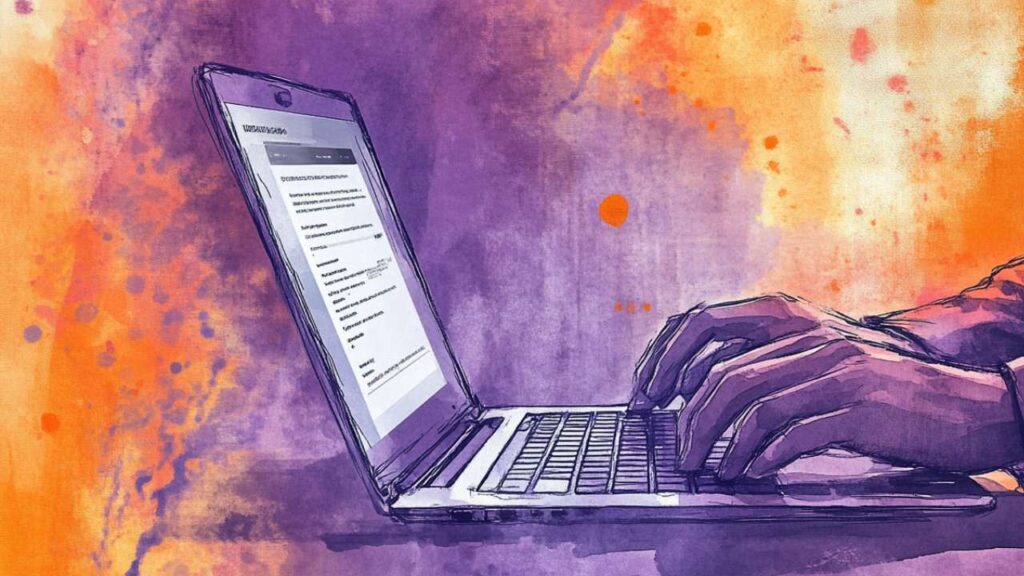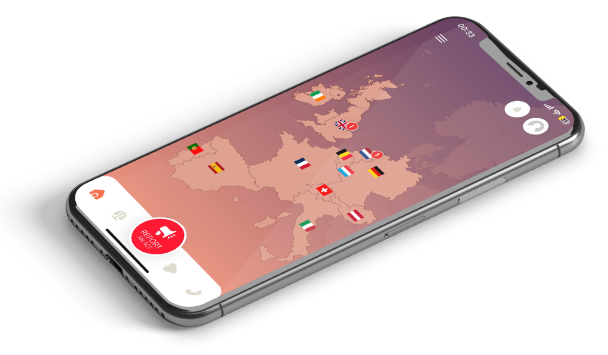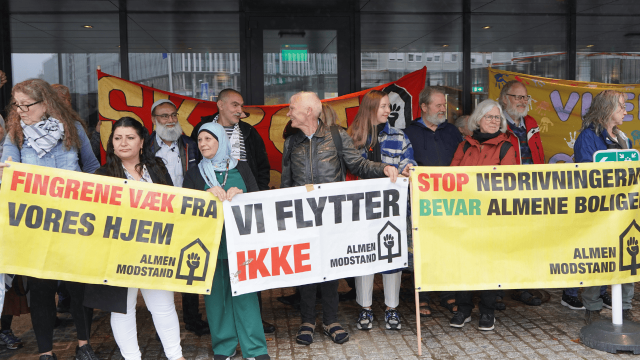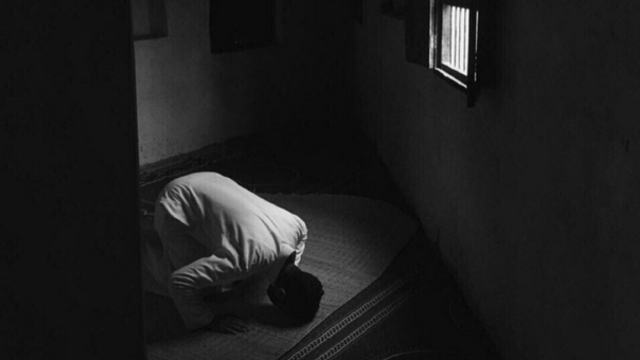Sofia discovers with shock that her image appears on the front page of a press review. The said photograph is accompanied by the following title: The New Face of Radicalization.
What does the law say?
The right to one’s image stems from the right to respect for one’s private life (Art. 8 of the European Convention on Human Rights), which is protected by Article 9 of the French Civil Code: “Everyone has the right to respect for his private life. Judges may, without prejudice to compensation for damage suffered, prescribe any measures, such as sequestration, seizure and others, appropriate to prevent or stop an infringement of the privacy of private life: these measures may, in case of urgency, be ordered in summary proceedings“.
The right to one’s image allows you to authorize or refuse the reproduction and public distribution of your image (photo or video), regardless of the distribution media, television, press, website or other:
” Every person has an exclusive right over their image, an integral part of their personality, which allows them to object to its reproduction without their express and specific authorization; so that everyone has the possibility to determine the use that can be made of it by choosing in particular the medium that they consider appropriate for its eventual distribution.” (Paris High Court, September 12, 2000 “Charlotte R. wife of Jean-Michel J. / Sarl DF Presse”; Nanterre High Court, December 8, 1999; Nanterre High Court April 8, 2002 “Emilie Dequenne/Voici” ).
According to the Court of Cassation, “the right that a person has over their image covers its capture, conservation, reproduction and use and (…) the mere finding of an infringement gives right to compensation” (Court of Cassation, Civil Chamber 1, June 2, 2021, 20-13.753).
Moreover, the General Data Protection Regulation (GDPR) regulates the right to respect for your private life by allowing you to authorize or refuse the disclosure of personal data, namely any information about an identified or identifiable natural person directly or indirectly, including an image. Article 1 of the law of January 6, 1978 “relating to data processing, files and freedoms” states that “information technology must be at the service of every citizen” and that it “must not infringe on human identity, human rights, or privacy”. In this context, the right to erasure or the right to be forgotten allows you to request the deletion, under certain conditions, of a photograph on a website (Art. 17 of the GDPR).
Therefore:
Disseminating the image of a person who consents to be photographed in a private setting but does not authorize its publication is illegal and constitutes an infringement of the right to one’s image (Art. 226-2 Criminal Code).
- “In a non-professional magazine, the photograph of a lawyer in the exercise of her profession is an infringement of privacy” (Paris High Court, March 27, 1981).
Taking photos of a person in a private place without their consent but without publishing them on the Internet is illegal and constitutes an infringement of privacy (Art. 226-1 Criminal Code).
- E.g.: You notice that someone has photographed you while you were in your garden
The publication of an image taken in a public place, without consent, is legal if the photographed person is neither isolated nor recognizable.
- E.g.: You attend a demonstration and someone photographs the crowd in which you are present
The person whose image is disseminated is an adult:
The prerequisites:
- If the image is taken in a private place, you must be recognizable. According to the courts, a private place in the sense of the right to one’s image is a place “that is not open to anyone, except with the authorization of the person who occupies the place, temporarily or permanently” (Paris High Court, October 23, 1986; Paris Court of Appeal, November 19, 1986). It is necessary to have your written agreement to use an image taken in a private place where you are recognizable (dissemination, publication, reproduction or commercialization).
- If the image is taken in a public place, you must be isolated and recognizable.
Also:
- The consent of the individual is necessary from the moment the image is captured, not just at the time of its potential distribution to the public (ECHR, 15 Jan. 2009, No. 1234/05, Reklos and Davourlis v. Greece).
- Your consent must specify the medium where the image will be distributed, the purpose, and the duration of the authorization. Your consent is also necessary if your image is reused for a different purpose.
- The photographs must be ‘suitable for the use for which they are intended and in particular such that this use does not have an unlawful character’ as defined by the Court of Cassation (11 March 1997, No. 95-11.143 12). It should be noted that the liability of the medium can be engaged when the use is different from that provided for in the caption, when it is tendentious, or when the article illustrated by the image devalues the photographed person.
- However, the existence of a tacit agreement for the press is recognized in certain circumstances, such as when a person allows themselves to be photographed or interviewed by a press reporter identified as such. However, this tacit agreement for capture does not necessarily entail consent for distribution.
The person whose image is distributed is deceased:
The relatives of a deceased person can act on their behalf: ‘the relatives of a person can oppose the reproduction of their image after their death, as long as they experience personal harm due to an infringement on the memory or respect due to the deceased’ (Court of Cassation, 1 July 2010, No. 09-15479).
The person whose image is distributed is a minor
The right to one’s image belongs to the person concerned. However, the authorization of parents or legal guardian is necessary for a minor.
Exceptions to the right to one’s image
The right to one’s image is limited by the public’s right to information, when illustrating a current event, a historical subject, or a general debate on a societal phenomenon. This right, combined with that of freedom of expression, can therefore legitimize an infringement on a person’s right to their image when they are involved as an actor, witness, or extra in a current event.
Therefore, it is not mandatory to have authorization if the image in question contributes to ‘a discussion of general interest’ and proceeds from the necessities of current events (ECHR, Grand Chamber, 7 Feb. 2012, Von Hannover v. Germany, req. No. 40660/08; Cass. 1st civ., 1 March 2017, No. 15-22.946).
The right to information is not applicable if the image is:
- diverted from its purpose;
- constitutes an infringement on the respect for private life or your dignity;
- used for commercial or advertising purposes.
Moreover, the use of unframed images of people taken in public does not require authorization if no individual is singled out. According to the courts, a public place in the sense of image rights is a place accessible to all without special authorization, it can be a street but also a place of worship, for example.
The sanctions
It is punishable by one year of imprisonment and a fine of 45,000 euros for willfully infringing on the privacy of others by any means:
- By capturing, recording, or transmitting, without the consent of their author, words spoken in a private or confidential capacity;
- By fixing, recording, or transmitting, without their consent, the image of a person in a private place (Art. 226-1 of the Penal Code).
It is punishable by one year of imprisonment and a fine of 15,000 euros for publishing, by any means, a montage made with the words or image of a person without their consent, if it is not obviously apparent that it is a montage or if it is not expressly mentioned as such (Art. 226-8 of the Penal Code).
In matters of press, to be characterized as a press offense, the infringement of the right to one’s image must be qualified as damaging to the reputation of the person concerned, particularly by the distribution of a humiliating or degrading image. The press law lists responsible persons (Art. 42 and 43 of the law of 29 July 1881 on freedom of the press), as main authors the directors of publications or editors; failing that, the authors; failing that, the printers; failing that, the sellers, distributors, and bill posters.
What to do if your image has been distributed without your authorization?
- Take screenshots and keep the URL link.
- Take a screenshot of the comments following the article.
- The facts must be proven by providing material evidence:
- If your image was published in print media, you will need to obtain a copy of the relevant newspaper.
- If your image was published on the internet, you can save the URL of the page and take screenshots.
- Gather testimonies confirming that they have indeed identified you.
- Request the removal of the image:
- You can contact the person who distributed the image, such as the photographer.
- If the image is published on the internet, contact the person responsible for the website or social network where the image is published. Write a letter, making sure to mention the relevant URL links, the information to be deleted, and the reason.
- If no satisfactory response has been given by the site within the following month, contact the CNIL via its online complaint form: Online Complaint
- File for an interim injunction with the civil judge
In case of refusal to remove your image, you can urgently file with the civil judge in order to obtain:- The removal of the image;
- The granting of damages;
- The reimbursement of lawyer’s fees.
- File a complaint for invasion of privacy or resort to direct citation for violation of privacy: when the perpetrator of the infringement is identified, it is possible to directly seize the court.
APPLICABLE REFERENCES
Art. 42 and 43 of the law of July 29, 1881 on freedom of the press; Article 9 of the Civil Code; articles 226-1 to 226-9 of the Penal Code; articles 484 to 492-1 of the Code of Civil Procedure; art. 8 of the Code of Criminal Procedure; Art. 17 of Regulation (EU) 2016/679 of the European Parliament and of the Council of April 27, 2016, on the protection of natural persons with regard to the processing of personal data and on the free movement of such data.
Case Law : ECHR, Grand Chamber, Feb. 7, 2012, Von Hannover v. Germany, application no. 40660/08; ECHR, Jan. 15, 2009, no. 1234/05, Reklos and Davourlis v. Greece); Paris Regional Court, October 23, 1986; Paris Court of Appeal, November 19, 1986; Court of Cassation, March 11, 1997, 95-11.143 12; Court of Cassation 1st Civil Chamber, March 1, 2017, no. 15-22.946; Court of Cassation, 1st Civil Chamber, June 2, 2021, no. 20-13.753; Paris Regional Court, September 12, 2000 “Charlotte R. spouse of Jean-Michel J. / Sarl DF Presse”; Nanterre Regional Court, December 8, 1999 – LEGIPRESSE no.169 III. Page 40; Nanterre Regional Court April 8, 2002 “Emilie Dequenne/Voici”; Paris Regional Court, March 27, 1981, D. 1981, p. 324.




